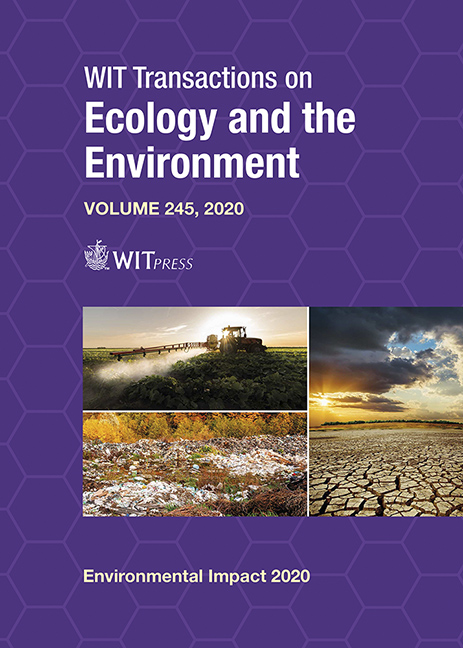EFFORTS TO REDUCE FOOD LOSS IN RESTAURANTS AND TO ASSESS CONSUMER AWARENESS IN JAPAN
Price
Free (open access)
Transaction
Volume
245
Pages
10
Page Range
21 - 30
Published
2020
Paper DOI
10.2495/EID200031
Copyright
WIT Press
Author(s)
MIZUHO SATO, KYOKA HATTA, WAKANA HIGUCHI, TAKEHIRO HAYASHIDA, KAZUHIKO HOTTA, SHAHLA M. WUNDERLICH
Abstract
The amount of food waste in Japan is extremely high. In 2016, food waste generated by the food industry was 27.59 million tons. The breakdown is as follows: 16.17 million tons from food manufacturers, 270,000 tons from food wholesalers, 1.27 million tons from food retailers, and 1.99 million tons from restaurants, while consumers wasted 7.89 million tons. This means that about 6.43 million tons of food is lost (i.e. food that can be eaten has been thrown out). The total restaurant food waste rate is approximately 10% of which only 23% is recycled. Recycled food from restaurants is turned into fertilizer and feed. The main reasons for food waste in restaurants are leftovers and overstocking. As there are many different types of food restaurants in Japan, there has been little research on food loss reduction. We interviewed 15 restaurants and conducted a survey of consumers’ awareness about food waste and loss. The results indicated that the most common cause of food loss was leftover foods. Therefore, many restaurants in Japan try to reduce food loss by offering “doggy bags” as a means for consumers to take leftover foods home. However, it is difficult to accept doggy bags in Japan. Consumers are becoming more conscious of food loss thus many are willing to take leftover food if there is an established and acceptable system. However, a small number of consumers said they did not want to take the leftover foods home, because if they live alone, they may use it and they end up discarding it. To promote doggy bags to reduce food loss in restaurants, may be necessary to improve communications between providers (restaurants) and consumers. In addition, at university restaurants like big cafeterias, there were many unsold foods. Thus, using the food share application for unsold foods is one tool to help reduce food waste, and some consumers want to use this food share application.
Keywords
food loss, restaurant, consumer behavior, leftover food, food share application





